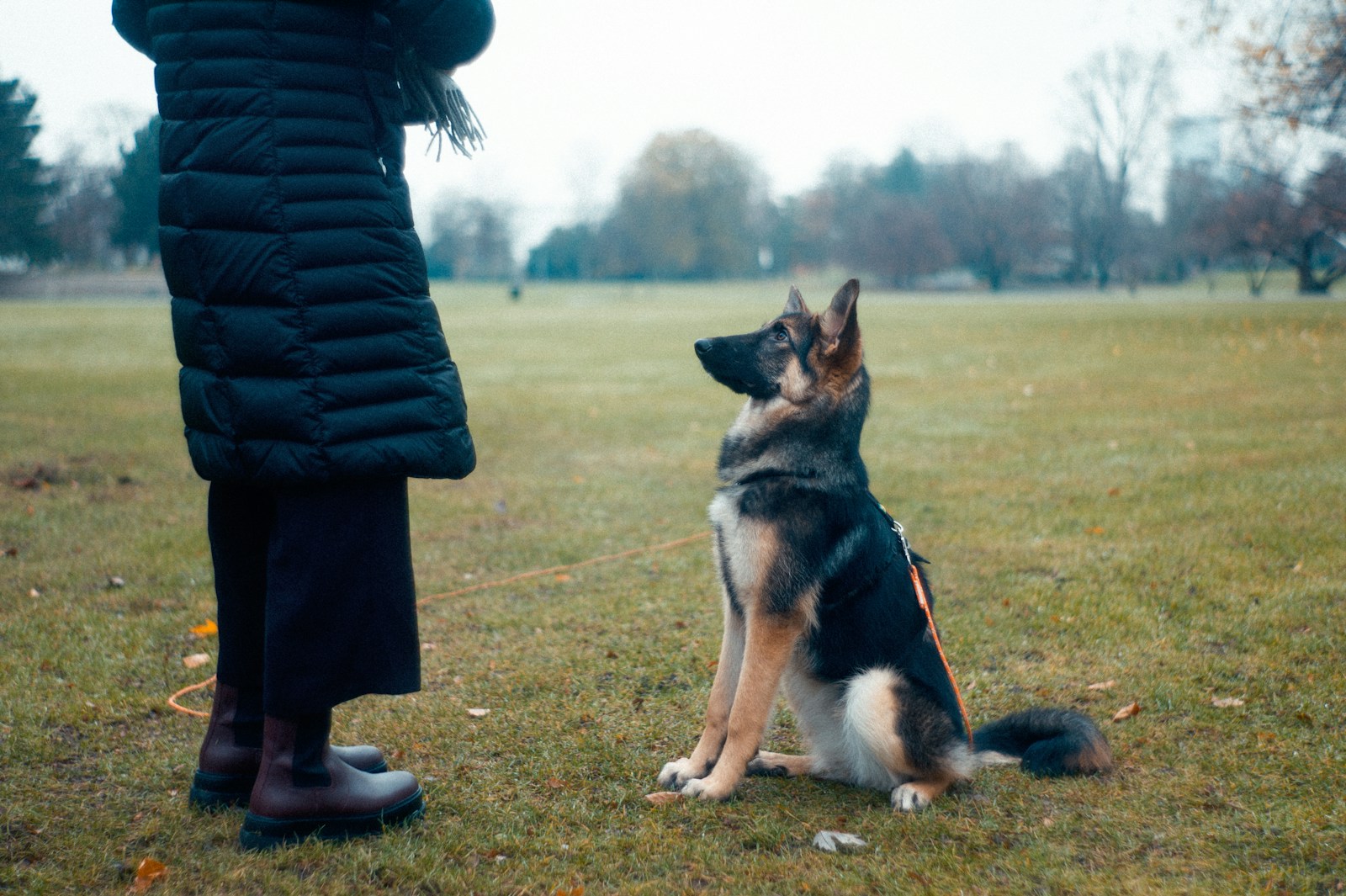Hey there, fellow dog lovers! If you’re like me, your furry friend is not just a pet but a beloved member of the family. And just like any family member, we want to keep them safe and healthy at all times. One aspect of pet safety that often goes overlooked is the presence of potentially poisonous plants and flowers in our homes and yards. In this comprehensive guide, we’ll dive into the world of canine poisonous plants and flowers, learning how to identify them, prevent exposure, and keep our canine companions out of harm’s way.
Identifying Common Canine Poisonous Plants
1. Azaleas and Rhododendrons
- These beautiful flowering shrubs contain toxins called grayanotoxins, which can cause vomiting, diarrhea, weakness, and even cardiac failure in dogs.
- Identify them by their vibrant clusters of flowers and thick, leathery leaves.
2. Sago Palm
- Despite its tropical appearance, the Sago Palm is highly toxic to dogs, containing cycasin which can lead to liver failure and death.
- Recognize it by its symmetrical crown of feather-like leaves and a thick trunk.
3. Lily Plants
- While lilies are popular in floral arrangements, many varieties, such as Easter lilies, tiger lilies, and daylilies, are toxic to dogs, causing kidney failure.
- Look for large, showy flowers with prominent stamens and long, slender leaves.
Preventing Exposure to Poisonous Plants
1. Know What You Grow
- Before planting anything in your yard or bringing flowers into your home, research whether they are safe for dogs.
- Opt for pet-friendly alternatives to potentially toxic plants and flowers.
2. Create Barriers
- Use fencing or barriers to keep your dog away from areas where poisonous plants are present.
- Consider using raised beds or hanging planters to keep plants out of your dog’s reach.
3. Educate Others
- Make sure everyone in your household, as well as visitors, are aware of the dangers of poisonous plants to dogs.
- Provide clear instructions for pet sitters or caregivers about which plants to avoid.
What to Do If Your Dog is Exposed
1. Recognize the Signs
- If you suspect your dog has ingested a poisonous plant, watch for symptoms such as vomiting, diarrhea, drooling, lethargy, or difficulty breathing.
- Contact your veterinarian immediately if you notice any concerning symptoms.
2. Seek Veterinary Care
- Take your dog to the vet as soon as possible if you suspect plant poisoning.
- Bring a sample of the plant or a photo for identification, if possible.
3. Follow Treatment Recommendations
- Your vet may induce vomiting, administer activated charcoal, or provide supportive care such as IV fluids or medication.
- Follow your vet’s instructions carefully and monitor your dog closely during recovery.
Conclusion: Keeping Your Dog Safe and Healthy
In conclusion, being aware of the potential dangers of poisonous plants and flowers is essential for keeping our canine companions safe and healthy. By familiarizing ourselves with common toxic plants, taking preventative measures to limit exposure, and knowing what to do in case of ingestion, we can minimize the risk to our furry friends. Remember, a little knowledge and proactive planning can go a long way in protecting our beloved pets.
Now, go ahead and take a stroll through your yard or around your home. Are there any potentially harmful plants lurking? Let’s make sure our furry friends stay safe and happy!
Frequently Asked Questions (FAQs)
Q: Are all plants toxic to dogs? A: No, not all plants are toxic to dogs. However, it’s essential to research the plants in your environment and ensure they are safe for pets.
Q: Can dogs become sick from just sniffing poisonous plants? A: While ingestion is the most common cause of plant poisoning in dogs, some plants can cause adverse reactions through skin contact or inhalation.
Q: How quickly do symptoms of plant poisoning appear in dogs? A: The onset of symptoms can vary depending on the plant and the amount ingested. In some cases, symptoms may appear within minutes to hours after exposure.
Q: Can I use natural remedies to treat plant poisoning in dogs? A: Natural remedies are not recommended for treating plant poisoning in dogs. It’s crucial to seek veterinary care for proper diagnosis and treatment.
Q: What should I do if my dog eats something suspicious while on a walk? A: If your dog ingests something suspicious while on a walk, contact your veterinarian immediately for guidance. Avoid inducing vomiting unless instructed by a professional.








